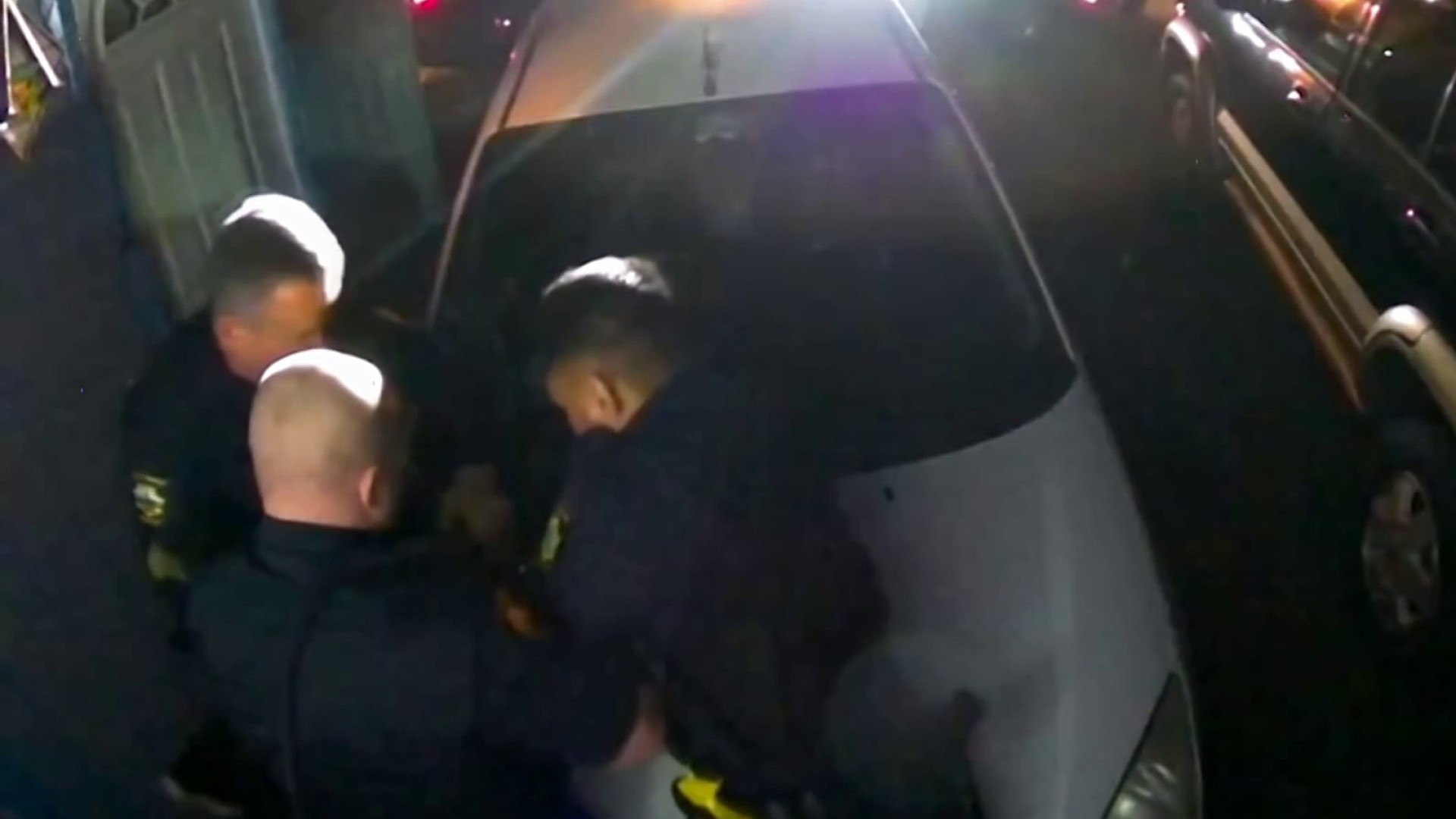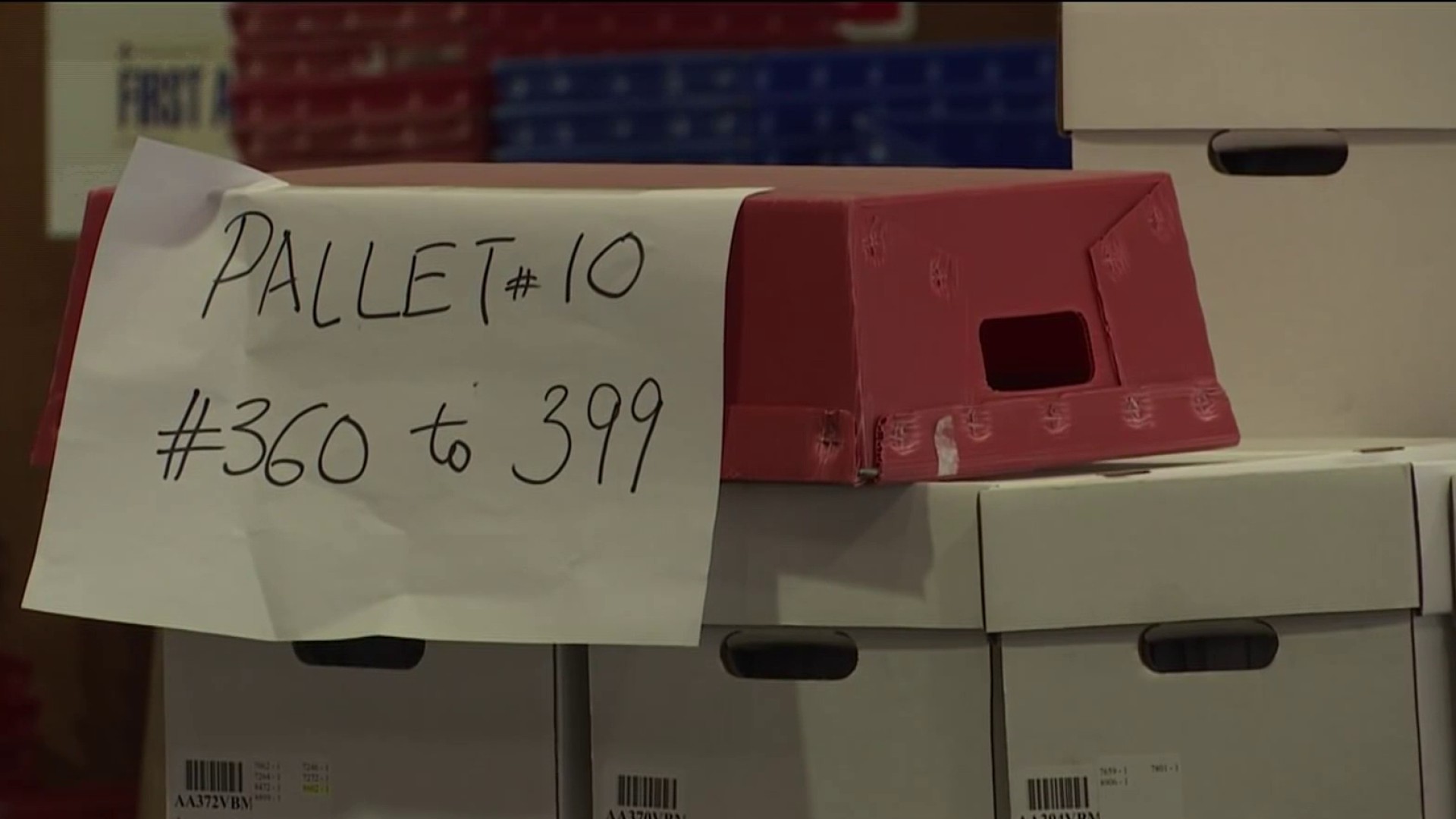In the category of unusual entertainers, there are few who could hold a candle to Korla Pandit. There was the jeweled turban. The hypnotizing gaze into the TV camera. And the exotic organ playing that earned him the moniker “the godfather of exotica. ”
For 15 minutes every afternoon between 1949 and 1951 on Los Angeles’ KTLA, Pandit would hold court on his own live TV broadcast — drawing in viewers with his alluring expressions and his unusual organ playing. He would go on to appear in more than 900 broadcasts during his career, which included cameos in Hollywood films.
“In these 900 episodes he never spoke one word,” said John Turner, co-director of a new documentary called "Korla." “Just stared directly into the camera, looking at these housewives.”
Pandit professed an equally exotic background — he claimed his mother was a French opera singer and his father a Hindi Brahman. In his the life story he told, he had moved to the U.S. from New Delhi, India when he was 12, to pursue a musical scholarship.
In 1953, Pandit moved his show to the Bay Area where he appeared on local ABC stations, playing the organ on-air -- while off-air -- expounding a new-age spiritualism with music at its core.
“He had a sensitive side to him,” said Turner, who got to know Korla in his later years in the Bay Area, “that more or less utilized a new age philosophy about the universal language of music.”
Korla died in Petaluma in 1998, leaving behind a mysterious legacy that would soon become even stranger. Three years after his death, a reporter with Los Angeles Magazine wrote a story about Korla’s life, with the bombshell revelation that he was actually born John Roland Redd, the African-American son of a Baptist preacher in Missouri. The life story Korla claimed as an East Indian slowly unraveled — in many ways deepening his mystery.
Local
“It became a story that I thought people would really really enjoy,” said Eric Christensen, a retired journalist who along with Turner made the Korla documentary. “There was a lot to learn.”
Christensen and Turner took Korla’s story and dove in. They unearthed old clips of Korla performing — photos of his years in Hollywood, the people he surrounded himself with who were also sideswiped by the revelation of his true heritage. And they talked to devoted fans, including musician Carlos Santana.
“Carlos Santana absolutely loved Korla’s playing,” Christensen said, “his whole persona and his spiritual message.”
The filmmakers also tried to explain what might’ve inspired Korla to invent his new identity.
“From the African-Americans we talked to,” Turner said, “they said Korla probably passed pretty much for economic reasons. He could get a better job passing as an East Indian than he could as an African-American.”
Christensen slipped a Korla vinyl album out of its case and set in on the turntable, the crackling faux-Indian music spilling from the speakers. In more recent years, Korla’s music has become popular with Tiki aficionados. Christensen called Korla a pioneer of the Hammond organ — a proficient musician who even impressed one of the film’s other subjects; organist Booker T Jones of Booker T and the MGs fame.
The filmmakers said the aim of the film wasn’t to further shame Korla’s life-lie, rather to celebrate his authentic accomplishments.
“We wanted to give Korla his props as the first African-American to have a television program,” Turner said.
But even with Korla’s true origin flushed-out, his true motivation — and the origins of the persona he created remain a mystery. Yet the music and his passion for it — come across as purely genuine.
“He was talking about the universe of music being the universal language of love,” Turner said. “He sincerely did believe in music being a tool to better the universe.”
The film will show this weekend at San Jose’s Camera 3 Cinema, 288 S. Second Street, San Jose. Friday August 28th at 4:40pm. Saturday and Sunday at 12:05 pm.



